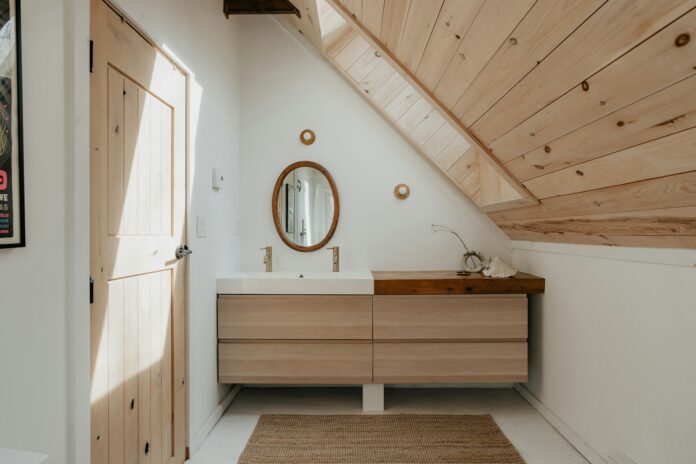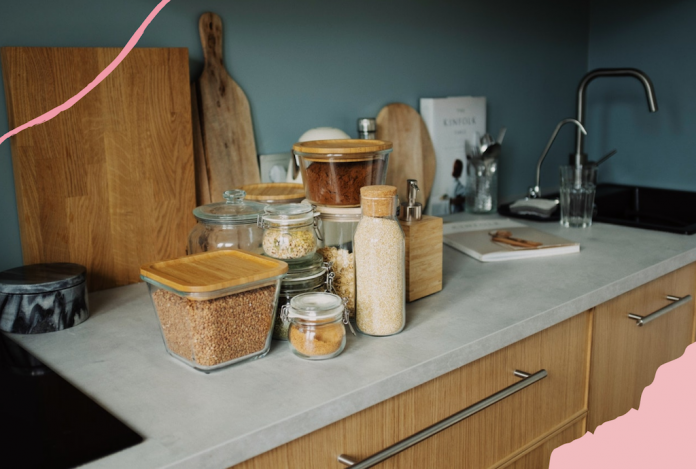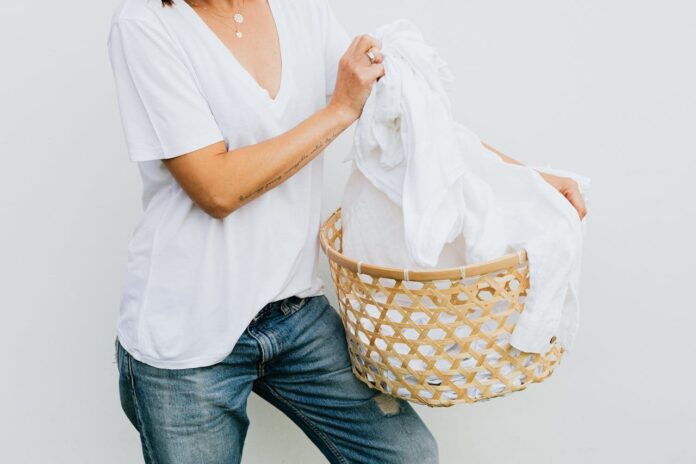Just like humans, dogs need to be outside every day, enjoying the fresh air and getting some exercise. But if you’ve just welcomed a new puppy into your home, things aren’t quite straightforward.
Indeed, you can’t simply plonk your new pup down at the back door and expect them to frolic freely and safely. In time, of course, that will be possible, but in the early days of puppy love, there are a few precautions you need to take to ensure that your garden is safe. These are those…
FIRSTLY, VACCINATIONS
Much like babies, puppies are incredibly vulnerable in their first few weeks, and as much as you’ll understandably be keen to take your puppy into the garden to show them around, it’s important to remain vigilant to threats in those early stages of ownership.
Take things slow. New puppies need two vaccinations; the first when they’re between six and nine weeks old and the second four weeks later. As we’re sure you’ll know, all puppies should stay with their mother until at least the eight week mark, so the dog breeder or rehoming centre will have covered the first vaccination. The second will likely be your responsibility, so make sure you have all the pup’s medical records when the handover takes place.
SECONDLY, MICROCHIPPING
It’s a legal requirement in the UK that puppies are microchipped before they’re eight weeks old. The details on this chip are entered into a government database, and should your puppy wander off or go missing, the owner can be easily traced and you can be reunited. Again, the dog breeder or rehoming centre should provide you with the details of this having been done.
INSTALL A FENCE
Now, you’re ready to gently introduce your puppy to its new play area; your garden! This is actually important for the little guy, to give them some exercise and get them familiar with the outside world. That said, this shouldn’t be done without several precautions being taken.
To help naturalise your pup with their new garden in the most controlled way possible, create a guided obstacle course of sorts for them to talk through. Use garden items like watering cans, flower pots and dustbin lids, to help get your puppy used to new objects.
As they grow a little older, it’s important to fence your garden in so that your curious pup can’t wander off. This is especially important if there are other dogs in the neighbourhood that your puppy may want to play with; though this is a lovely idea, it should be avoided, as these other dogs may be carrying disease. In fact, just licking a surface that has been contaminated by a dog presents a risk to your puppy, so it’s best to control our outdoor environment from the off.
You’ll want to fence off any areas where you don’t want your dog going, like the pond or your carefully coiffured flower beds. If you’re not keen on digging up your garden to install a protective barrier, then rest assured; there are best wireless dog fences on the market that leave minimal impact on your outdoor space.
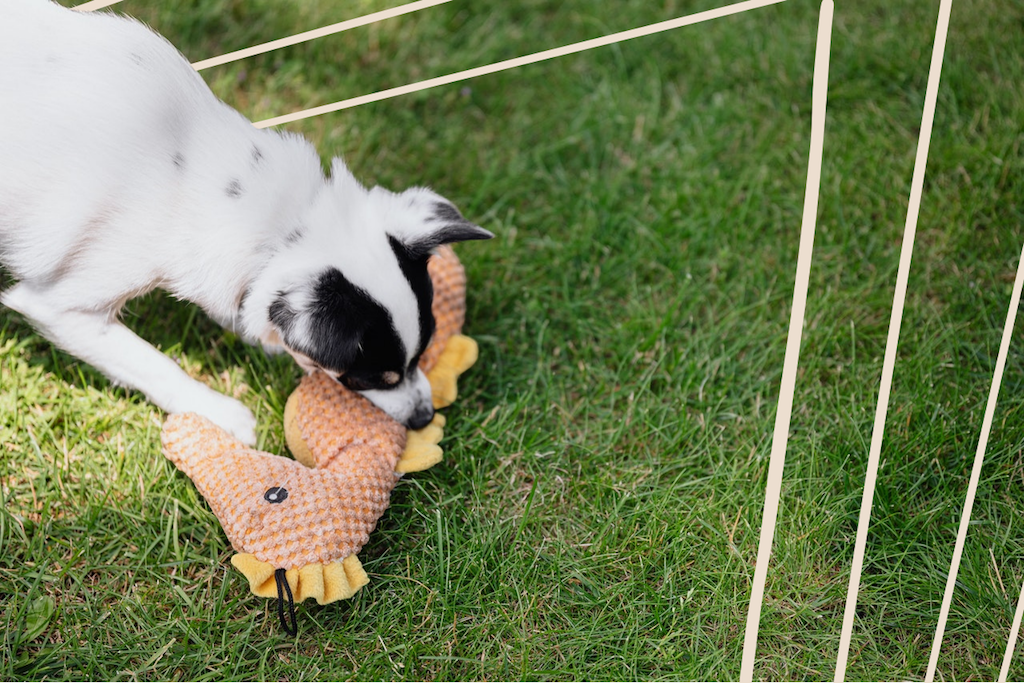
PROTECT YOUR PUP’S FEET
It’s important that your puppy has a place to safely play without injuring their feet. If your garden is paved or has a lot of hard surfaces, consider putting down a soft area for your dog to run and play in. This could be made of astroturf, sand or grass.
It’s important to protect your dog’s paws from hot pavement in the summertime, and cold and wet surfaces during the winter. You can help by providing a mat for your pup to stand on when they’re outside, helping keep their paws clean and healthy.
THINK OF THE TEMPERATURE
You’ll want to provide a shaded outdoor area in your garden where your puppy can escape the heat but still luxuriate in the fresh air, such as some trees that offer shade or a patio umbrella for it to relax under.
Whilst the figure diverges according to breed and an ideal temperature doesn’t exist for dogs, the American Kennel Club suggest a comfortable temperature for a puppy is between 15.5 and 30°C, so bear this in mind. Outings in temperatures below freezing or above 30°C should be kept below ten minutes.
Dogs need plenty of fresh water, especially when it’s hot outside. Make sure you have a bowl or two of cold water available at all times and change the water regularly to keep it clean.
If the weather is cold, you’ll need to provide a warm place for your dog to relax. This could be an insulated doghouse or a heated pad that plugs into an outdoor outlet. You could also use an outdoor heating lamp if it’s cold at night. Or, they could simply relax in your cosy home.
PROVIDE SOME TOYS
You can make your yard or garden more welcoming for your puppy, rather than an intimidating space to spend time, by including their favourite toys and treats in your outdoor space. This will give them something new to explore and keep them entertained for hours on end. A few strategically placed bones or balls will go a long way in keeping your pup busy and giving them a good run around, too.
Your puppy will likely be teething in those first few weeks at home (they tend to start at around 5 or 6 weeks old), so you can also provide safe-chew toys to help keep your pup away from any dangerous plants or other items in your garden that it may be tempted to chew on.
The RSPCA have a useful guide on teething tips for puppies; check it out here.
MAKE THE PLACE CLEAN AND SAFE
It’s important to provide a designated area for your pup to poop outdoors, helping them potty train effectively. This can be anything from a simple patch of grass to a full-blown doggie bathroom with sand and other accessories. Just be sure to regularly clean up after your pet, so that the garden remains hygienic for all.
You’ll also want to check that your outdoor space is free from harmful items like broken glass, large nails, and poisonous plants like ivy and azaleas. If you have any of these in your garden, it’s best to fence them off or remove them completely. Ensuring your dog is happy and healthy in their outdoor space is vital, after all.
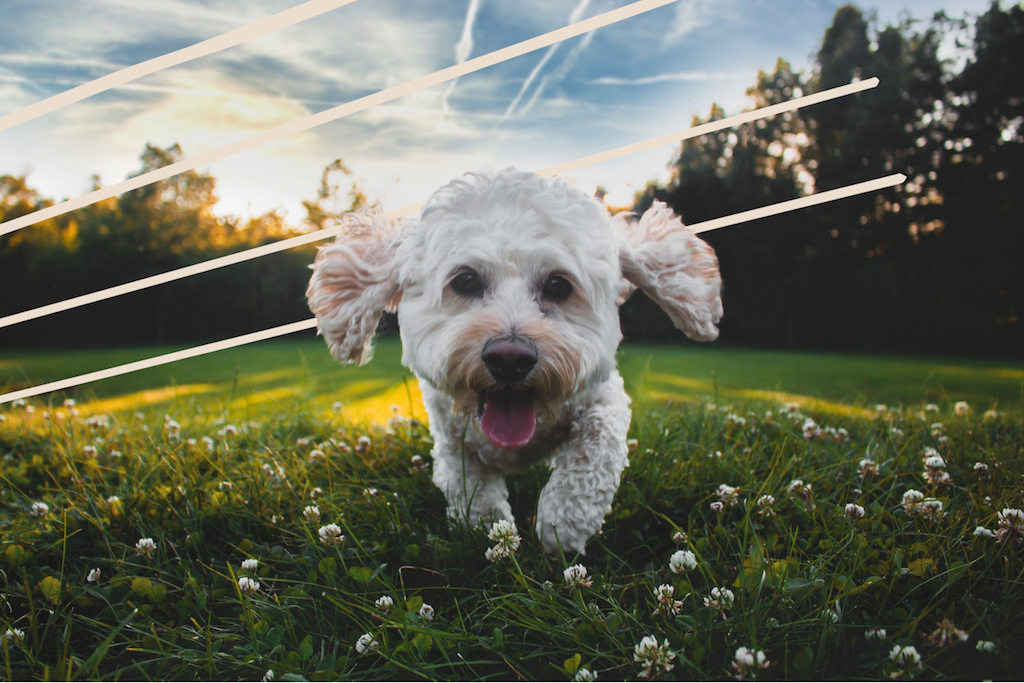
THINK OF YOUR NEIGHBOURS
Some pups just adore to hear themselves bark, night, dusk and day. Others love to yap anytime someone goes near their house – especially the postman. This can be oh-so-annoying for your neighbours.
You’ll want to make sure that your pooch isn’t constantly barking or bothering your neighbours. The best way to ensure this doesn’t happen is by talking to them ahead of time – let them know that you’re planning on bringing your furry friend outside more regularly and asking them how they feel about it. This will help avoid any potential confrontations further down the road.
THE BOTTOM LINE
Creating a safe, dog-friendly outdoor space is achievable when you follow these simple tips. Just be sure to always supervise your pet and regularly maintain its surroundings. With a little care and attention, both you and your furry friend can enjoy spending time outdoors together for many years to come.
Whilst we’re on the subject of our canine companions, check out these 7 IDEAL dog breeds to suit your lifestyle.

